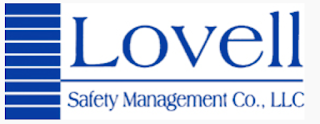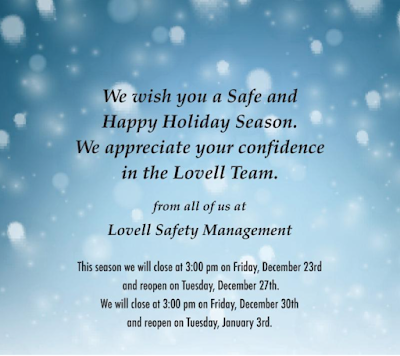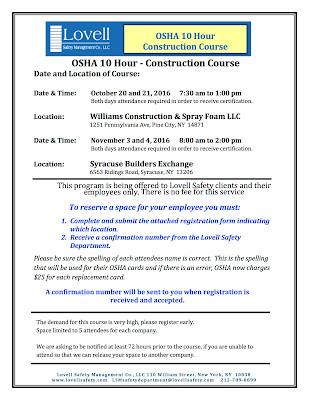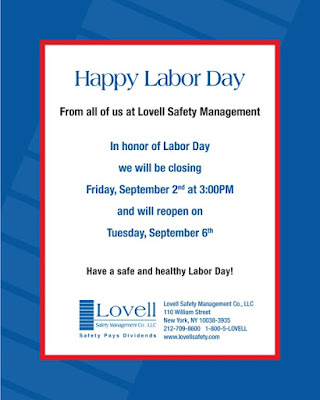Dividend News from Lovell Safety Management
New York, NY… Lovell Safety Management Co., LLC, announced the 2015 – 2016 dividend earnings of three of its Safety Groups:
Safety Group #275 paid a 10 percent dividend. Qualifying members received an advance discount of 20 percent.
Safety Group #469 paid a 25 percent dividend. Qualifying members received an advance discount of 25 percent.
Safety Group #514 paid a 30 percent dividend. Qualifying members received an advance discount of 25 percent.
Lovell Safety Groups are fully insured, non-profit entities that return any underwriting profit to group members. Any extra premium dollars collected-not used to pay losses or expenses-can be returned to members in the form of a dividend. Lovell Safety Groups provide businesses with the benefits of a guaranteed cost premium with additional savings earned through dividends.









